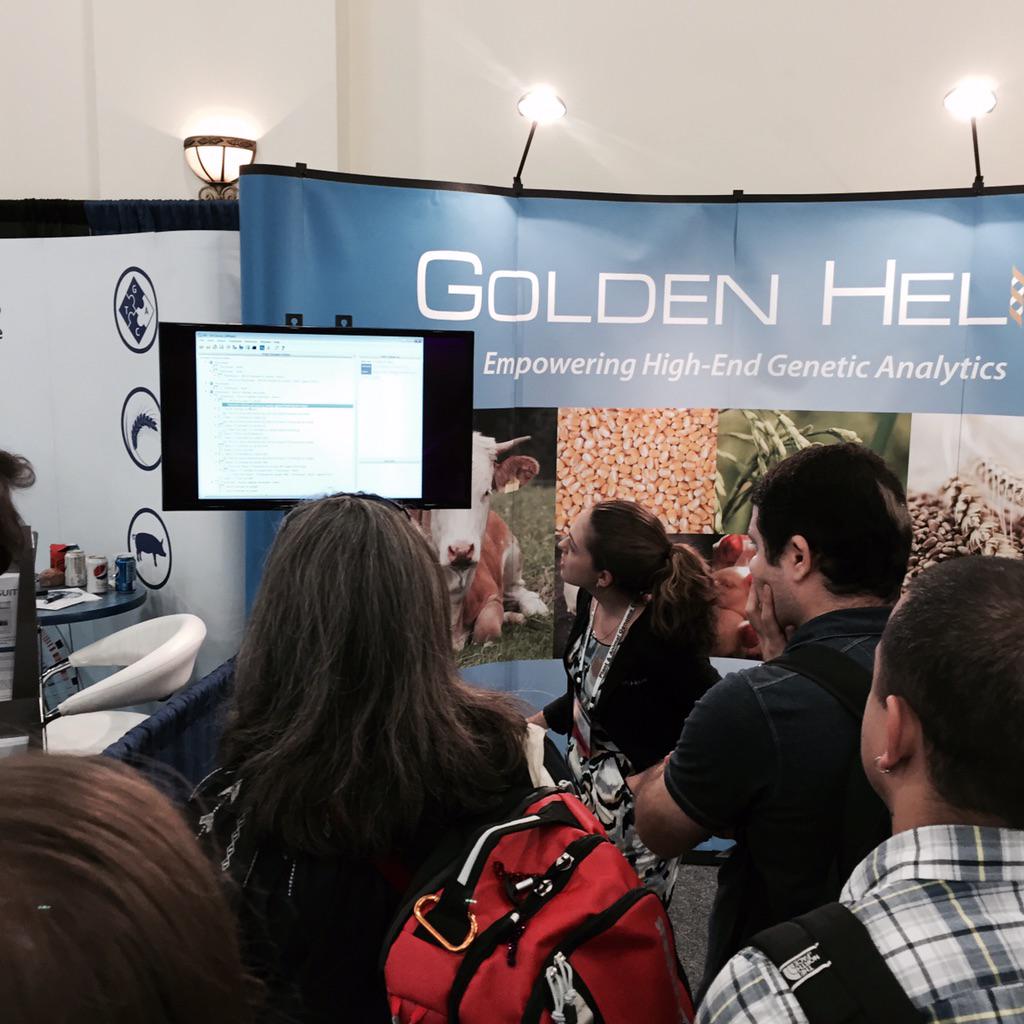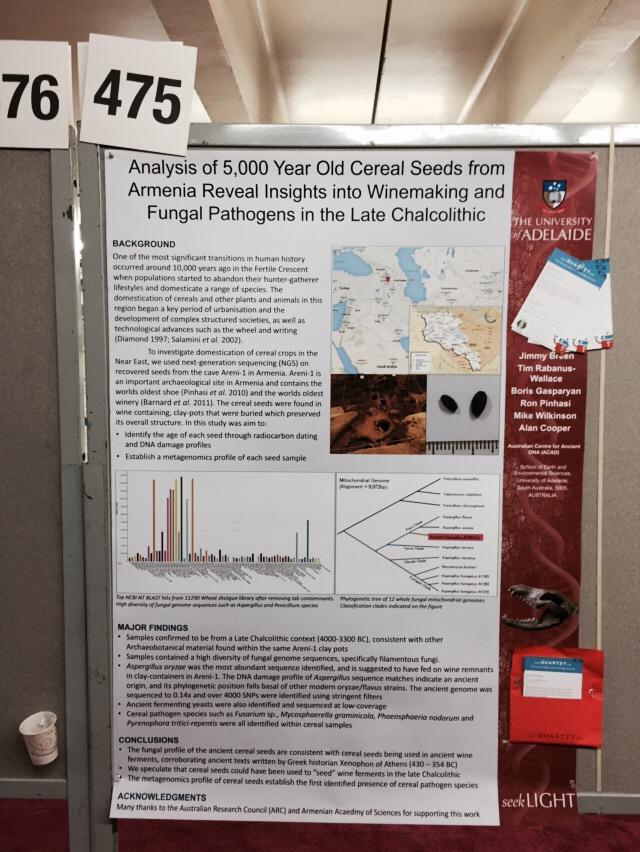The Plant & Animal Genome XXIII Conference (PAG) was again a success. It’s the venue for leading genetic scientists and researchers involved in plant and animal research to meet with their peers. If anything the event continues to grow. The largest population of registrations tend to be from an Academic background (64%), with Industry (25%) and Government (11%) sectors comprising the remainder. This year well over 3000 attendees from over 50 countries worldwide visited. Without exaggeration it is a truly global event with about 40% of attendees traveling from outside the USA.
One of the highlights were the plenary sessions. The Town & Country Ballroom was packed each and every time. Here is a brief overview:
- Philip E. Bourne, Associate Director for Data Sciences at the NIH gave a talk on “NIH as a Digital Enterprise – Implications for PAG”.
- Xuemei Chen, Professor at the Department of Botany and Plant Sciences at the University of California gave a lecture on “Plant microRNAs: biogenesis, degradation, and models of actions”. She is a recognized plant molecular biologist focusing on small RNAs and plant development.
- Mike Goddard, Professorial Fellow in Animal Genetics at the University of Melbourne talked about “The evolution and genetic architecture of complex traits”. In his talk he reflects on his longstanding research in the genetic improvement of livestock including beef cattle, dairy cattle, sheep, and pigs. In his talk he leveraged a number of methods that Golden Helix also provides like GWAS and genomic prediction approaches such as gBLUP.
- Trey Ideker, Division Chief of Medical Genetics at UC San Diego spoke about “Interpreting genome variants and mutations using a unified human genetic network” based on his work on automatically assemble maps of pathways.
- Giles Oldroyd, Professor in Plant Genetics at the John Innes Centre, UK gave a speech on “Engineering Nitrogen-Fixing Symbiotic Associations in Cereals”. He is focused in his research studying the mechanisms by which some species of plants are capable of forming beneficial interactions with nitrogen-fixing bacteria, which provide a natural source of nitrogen for plant growth.
- Beth Shapiro, Associated Professor of Ecology and Evolutionary Biology at the University of California Santa Cruz, spoke about “The evolutionary consequences of inter species hybridization: insights form ancient and modern bear genomes”. Using DNA sequences extracted from these remains, she hopes to better understand how the distribution and abundance of species changed in response to major climate changes in the past, and why some species go extinct while others persist.
- Christina Warinner, Professor of Anthropology at the University of Oklahoma gave a speech on “Reconstructing Our Ancient Microbial Self”. Her research focuses on the evolutionary and ecological relationships between humans, their diets, and their resident microbes (microbiomes) in both modern and ancient populations.
PAGXXIII attendees were also highly active on Twitter. During the conference #PAGXXIII was on fire. For example, those who followed #GoldenHelix, knew about our in-booth presentations.
Andreas Scherer @andreasscherer Jan 13 Genomic selection talk at booth 124 | #GoldenHelix | #PAGXXIII

We had a blast exhibiting at the conference. People came to our demos and presentations on Genomic Prediction, GWAS, and other topics. Everybody loved our new t-shirts. And yes, we promise to come with some new designs next year.
If the conference program or the exhibition hall was still not enough, you could learn on twitter about other options that were available 🙂
Jimmy Breen @wessidepraxis Jan 11 Are you interested in ancient DNA? Are you lonely? Then come see me at poster 475 (lower floor) #PAGXXIII pic.twitter.com/epuUA7VPt3
Once again we learned a ton and enjoyed visiting with our customers and new friends. We already look forward to PAG XXIV.